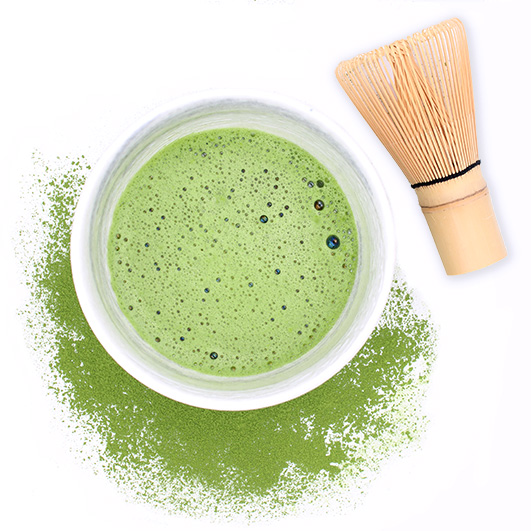Present in daily life from time immemorial, Japanese green tea is chosen according to one’s mood and the occasion. Gyokuro is intended more for valued guests, while Bancha is enjoyed with the family after a meal. The designation of each type of tea varies according to the part of the leaf used, the region in which it is produced and the production process.
In the production of tea the leaves are either roasted, fermented or steamed. Apart from herbal teas, all the teas produced come from the same source, the tea tree. The leaves of green tea are steamed after harvesting which prevents them from fermenting and changing color. Oolong tea is made from partly fermented leaves. For black tea the leaves are left completely fermented in the shade until they turn a red color, then they are dried. Green tea is recognised as the most natural of the teas and once upon a time it was used as a natural remedy.



